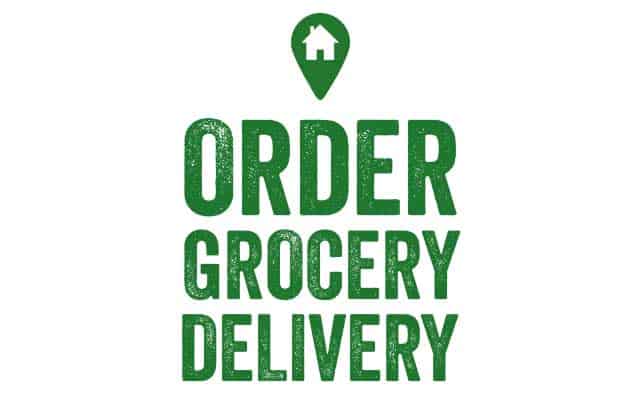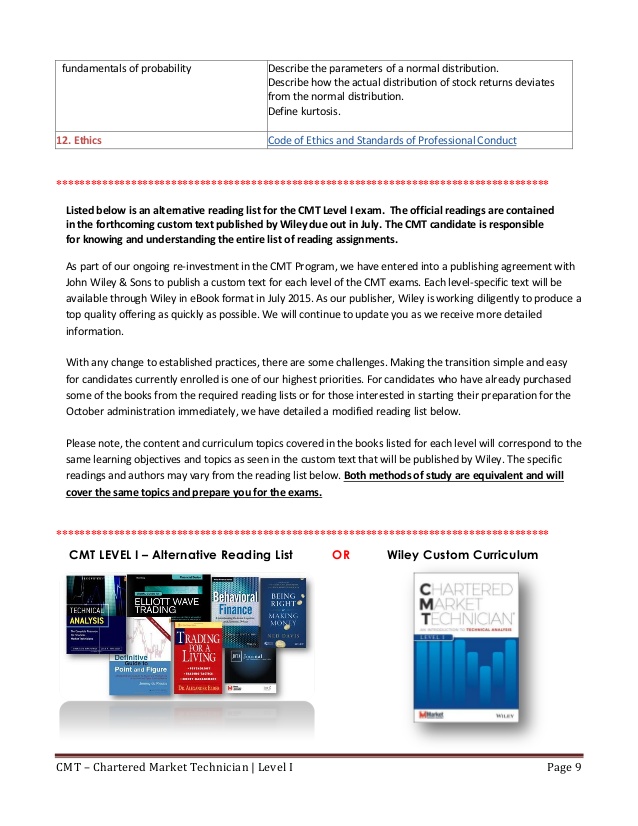Supercharge Accounts Payable Month-End Close Process with Automation
Contents:


Set daily and weekly goals for your teams to serve the month end close process. Most accounting teams can provide answers due to their direct involvement in all the processes. They can analyze the numbers, check journal entries, and give some insight into your company’s financial health.

Speed and accuracy are a constant challenge for those involved in the month end close process. Whether organizations are seeking information at an accelerated pace, or it is needed due to the sheer amount of data that exists, they need to be able to trust the data they’re acting on. Most companies dream of reaching the coveted less-than-5-days benchmark, but rushing through the process is not the answer. Cutting down the time and resources needed without reducing the quality of the report is not only possible, but extremely beneficial for the entire organization. This report divides your unpaid invoices out by time period so you can see the amounts you are due to be paid within 30 days, 60 days, etc. Every company certainly has a slightly different month-end close checklist, as the process varies depending on its size, structure, and processes.
Month-End Close Process Overview with Flowcharts and Checklist
This can also happen if a transaction was recorded in a different period because of an error in your accounting policy . Before you begin month-end close, it’s important to review the forecast and budget. This will give you an idea of what resources are available for the next quarter, as well as where they’re allocated. You’ll also want to review actuals from this past month so that you can compare them against your forecasts and budgets for future months in order to make adjustments where necessary. But again, with automation solutions, you can surely expedite the timeline as the manual work is performed automatically, thereby saving a lot of time. The most immediate benefit that you will recognise when implementing automation solutions like SolveXia is the reduction of tedious manual tasks.
2023 Layoff Tracker: Best Buy Cuts Hundreds Of Jobs – Forbes
2023 Layoff Tracker: Best Buy Cuts Hundreds Of Jobs.
Posted: Fri, 14 Apr 2023 21:04:04 GMT [source]
For example, inventory is constantly changing, so implementing a cut-off date will allow you to get an accurate count for your reports. Whether you are a CPA in a firm or a small business owner, your business’s success hugely relies on properly closing the books. Month end close or closing the books refers to finalizing a company’s financials after a specific period like monthly, quarterly, yearly, etc. Most companies, from small businesses to publicly traded firms, have a month-end close process.
How to speed up the month-end close process
Finally, you will learn how Layer and Google Sheets can help you to standardize and automate your procedures. Technology can also be used to standardize account reconciliations and automate the creation and processing of the thousands of journal entries businesses inevitably work with. The elimination of manual data entry is usually the first selling point accounting teams look forward to, but the advantage here extends beyond that. Communicate your plans to other team members involved in the month end closing process to get everyone on board. You can tweak the calendar as time goes on to fit it around your schedule. For accounts receivable entries, look at all the sources of revenue from loans to invoice payments.

The financial close doesn’t have to be a headache for the accounting team. Following the right set of steps when dealing with financial records at the end of each month will result in a positive impact on the organization as a whole. To help sustain and prevent your business from experiencing any financial issues, every business should have its finance and accountant team perform a month-end close process. The month-end or monthly close is generally time-consuming but is a hallmark of any business in presenting consistent and precise financial statements. However, you can cut that down to as little as 5 days if your accounting team has access to automation software.
Prepare the adjusted trial balance
A Illinois income tax rate-end close is an accounting procedure that ensures all financial transactions have been accounted for in the previous month. To ensure that they are giving accurate data, accountants will have to review, record, and reconcile all account information. The month end close process ensures you have information about your company’s financial standing. It’s crucial for helping you make short-term decisions, in addition to helping you work towards long-term goals.
Accountants typically use the double-entry accounting method to record transactions such that for every debit entry, there must be a corresponding credit entry of the same account. An accounting journal is the book of original or first entry—the two-column journal details all the company’s transactions in chronological order. Record ASC842 lease amortization if applicable, as well as any prepaid rent. Account for equipment depreciation and ensure you classify expenses that cross your capitalization threshold. You need to know exactly where things stand to offer accurate reports to your board leaders and executive suite. Vasco noted how Mosaic has been instrumental in building out quarterly board decks and running flux analysisto compare financials period over period.
Another account is used to keep track of dividends paid out over the period, and it also needs to be zeroed out. During your month-end close process, you need to reconcile all of your accounts. To do this, match your records to your account statements from outside entries, such as the bank. Make sure your records for the month are accurate by performing a bank statement reconciliation. Like any business process, if your month-end close is built on a shaky foundation, there will be problems.
- It’s simple to overlook crucial tasks when there’s so much going on.
- Without the right tools, your organization’s processes will become less effective and you will lose insight.
- The process involves reviewing, documenting, and reconciling all financial transactions for that period.
- The process is a bit different depending on whether you’re using QuickBooks Desktop or QuickBooks Online, so we’ll go through those close processes separately.
- The problem here is that financial data comes from several disparate sources, and, once extracted, accountants must clean it up and turn it into a consistent format.
This data is used to generate financial statements, including the balance sheet, income statement and cash flowstatement. This is an important step as preparing cash flow statements and balance sheets will help you know the funds available to each business unit. To do so, you must reconcile all bank accounts with ledger accounts. Do you ever wonder about how to close your month-end accounting?
Organization is an important skill
The month-end closing process also helps your team catch any mistakes before they roll over to the next month and alerts you to watch more closely for similar errors in the future. Ideally, the month-end closing process should be fast and smooth and should take about three to four days to complete. A well-executed month-end close helps improve organizational performance. You can create a month-end checklist to ensure that the process runs smoothly.
This speeds up all the activities, including corrections and the workflow. Any payment made related to your fixed assets such as rent and vehicle service fees need to be recorded when closing your books at the end of the month. Funds received during the course of the month need to be recorded when closing your books at the end of the month. You will need to account for some incoming cash for funds from loans, revenue, and invoice payments.
Now you need a checklist that ensures you have all the data you need to complete those steps. This month end checklist helps you gather the information you need before your monthly close date. Examine your checking and savings accounts, loan and credit accounts, and digital accounts, such as PayPal. Check your balances, deposits, and withdrawals to find discrepancies.
Find out why so many businesses are switching over to cloud accounting and how it can help you save costs and scale more effectively. Accelerating this process comes down to implementing the right techniques and strategies — before that hectic time arrives. Intercompany payables and receivables should be the same on both businesses’ books.
This can help executives decide which parts of the business should be kept, changed, or potentially sold. Adaptable Subledger Use only Accounts Receivable, Accounts Payable, or another module as your accounting subledger. Enable Financial Consolidation Instantly centralize your multi-entity, multi-currency accounting with SoftLedger’s financial consolidation software. SoftLedger Pay Want someone else to handle all of your supplier payments for you? Manage Multiple Entities Consolidate multiple businesses, properties and investments, in real-time. Real-Time Financial Reporting Enable agile and confident business decisions with SoftLedger’s real-time software.
What is human composting? – The Week
What is human composting?.
Posted: Sat, 15 Apr 2023 09:58:16 GMT [source]
https://1investing.in/ an inventory count and check the numbers against what you have in your books. If you find discrepancies, this is a trigger telling you that something needs to change with your processes. Furthermore, review your general ledger to ensure you’ve posted credit and debit entries correctly. A few simple steps can have a profound and positive impact on your business. Review all month-end accruals and track coverage for the next month. Plus, accurate monthly reporting makes year-end closing much easier to understand.

If you’re fighting for time, aim to catch up with your reconciliation ahead of the month end close process. But accounting for every transaction is key to avoiding discrepancies in your financial data. If the financial documents required for the month-closing process are stored in different locations, it will be cumbersome to access them quickly. So, a centralized repository is recommended to ensure the smooth collection of data.
Rubio Demands Answers from SEC and PCAOB on Safety Of U.S. … – Senator Marco Rubio
Rubio Demands Answers from SEC and PCAOB on Safety Of U.S. ….
Posted: Fri, 14 Apr 2023 14:44:50 GMT [source]
If your system supports barcoding, RFIDs, or other information management protocols, physical inventory counts will be even faster, since all items will be tracked in the system in real time. One of the main challenges in month-end closing is the amount of time it takes to complete the process. Most organizations take around 5-10 working days to complete the month-end close.
As a result, it can automatically create journal entries for each transaction and update the general ledger to always reflect the company’s current financial status. In addition, SoftLedger is designed to automatically execute various prerequisite processes required to adjust impacted accounts. For example, if you’re consolidating multiple entities, SoftLedger automatically executes intercompany eliminations for you.
Income Summary is a temporary account used during the closing process. First, the balances in all the revenue accounts are transferred to Income Summary. Before you completely close the accounts at month-end, consider having a second set of eyes review your work. The person reviewing your accounting information could be a manager or supervisor who has experience handling your books. Businesses perform a month-end close to keep accounting data organized and ensure all transactions for the monthly period were accounted for.

Deixe um comentário